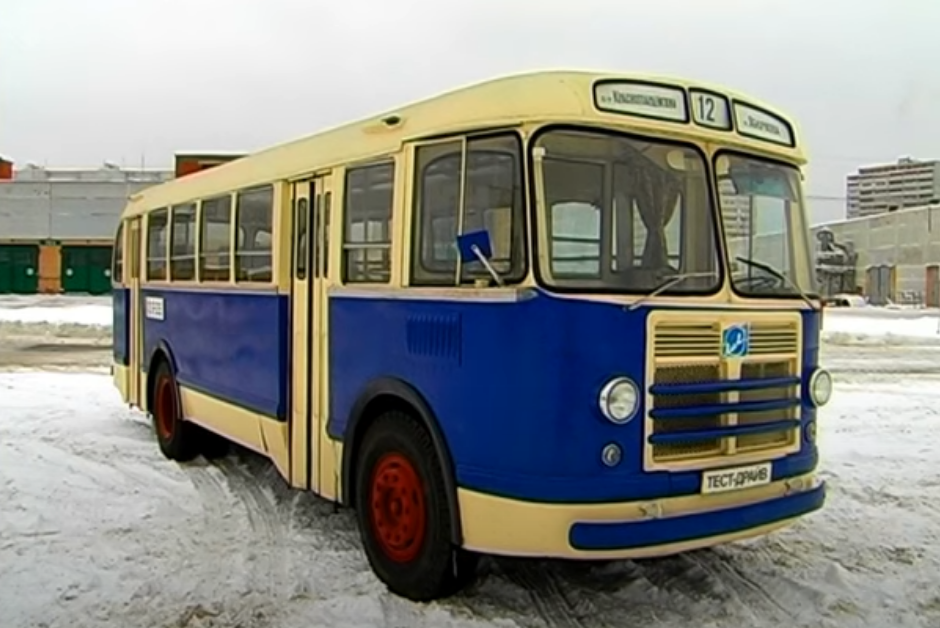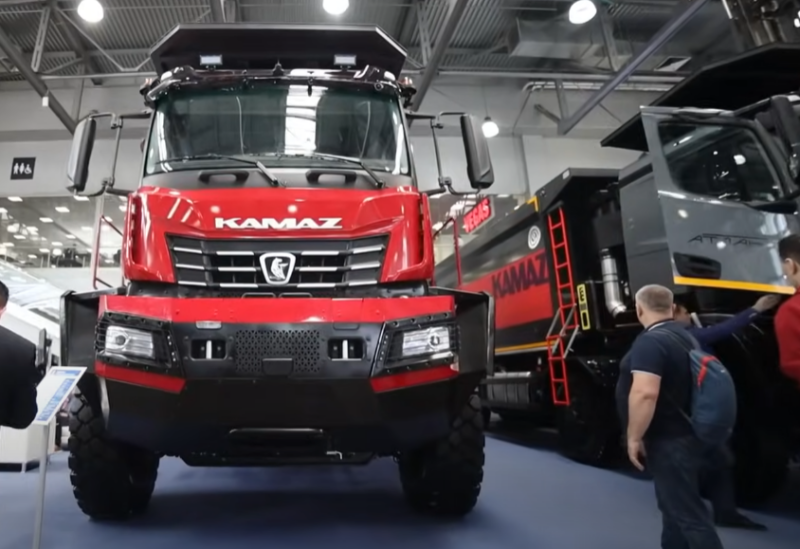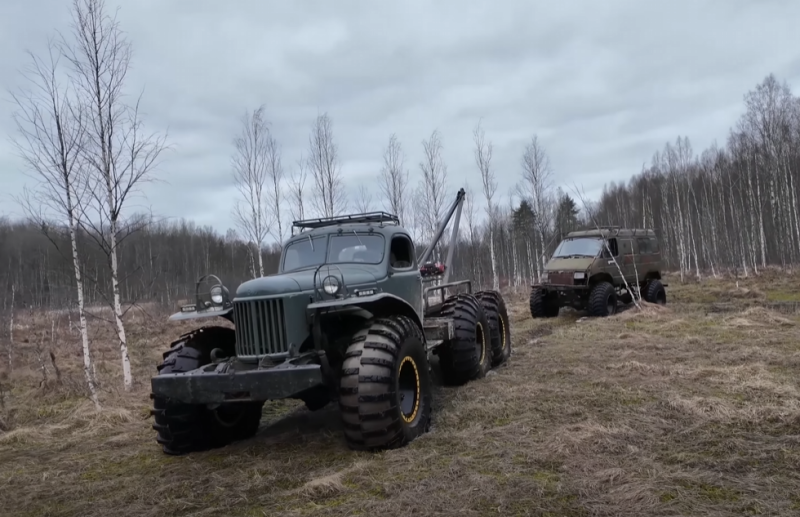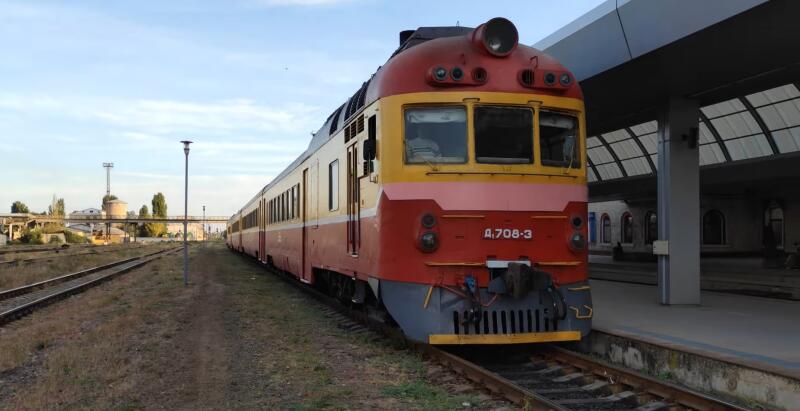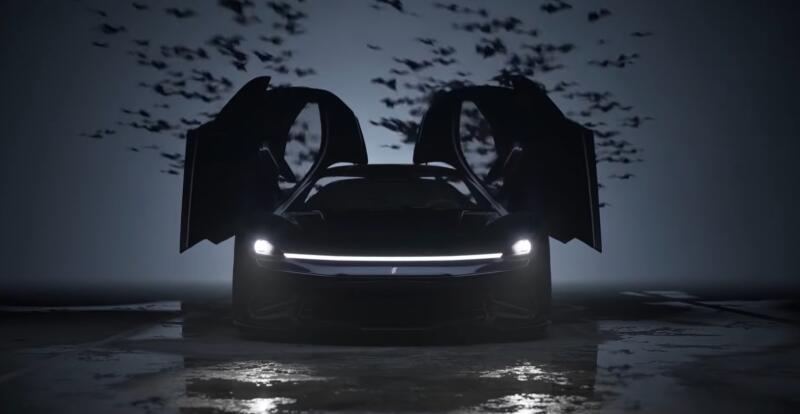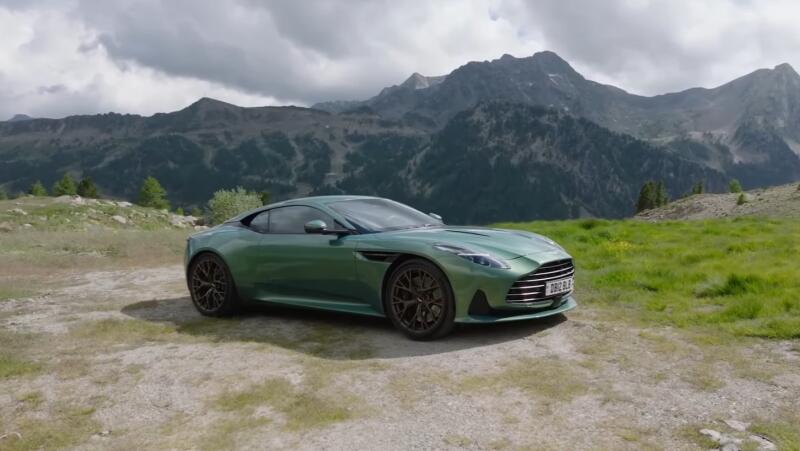Cities grew, it was necessary to increase the number of public transport - trams, trolleybuses and buses. It was on the latter that the stake was made in the first place - they did not need rails and power lines.
Today we will tell you about the ZIL-158 - the legendary technique that served as the starting point for the creation of the LiAZ-677 - the most popular city bus in the world.
The history of the model
By the 1950s, the Soviet Union had recovered from the effects of the war and began to build a comfortable life for its citizens. By the way, buses began to be produced (production was resumed) since 1946 - these were the ZiS-154 and 155 models.
 ZiS-155. Photo: Youtube.com
ZiS-155. Photo: Youtube.comThe first prototype ZIL-158 was assembled in 1956. At that time, the enterprise was renamed the Likhachev plant.
It was beyond the power of the designers to make a model from scratch - the deadlines were running out, and it required a lot of resources. Therefore, the ZiS-155 was taken as the base.
In 1959, production was transferred to the Likinsky Machine-Building Plant, which was specially renamed into a bus plant for this purpose.
The release was carried out until 1970. In Moscow, the model was decommissioned in 1978, but in other settlements of the Soviet Union they were used until about the mid-1980s.
Over the entire period of release, about 60 copies rolled off the assembly lines. The bus was periodically upgraded, but most of the changes were with the advent of the ZIL-000V version.
Features
People interested in the history of Soviet technology will be surprised to learn that the ZIL-158 had an aluminum body, like the modern Audi A8, for example. What is characteristic - not only sheathing, but also power elements were made of "winged metal".
 Once these buses were considered modern. Photo: Youtube.com
Once these buses were considered modern. Photo: Youtube.comSoviet designers already in the 1950s tried to get rid of corrosion in this way, so Audi should not be considered a pioneer in this area.
Despite such sophisticated design solutions, the ZIL-158 had many shortcomings. They were even joked about in Soviet satirical magazines.
Cons of the model:
- ? low power motor
- ? Lack of power steering
- ? Problem rear axle
- ? Current ventilation hatches
- ? Poor quality upholstery
Despite all the shortcomings, the ZIL-158 was in great demand, the Likinsky bus plant worked in three shifts, but there were sorely lacking cars.
But the use of aluminum did not save from corrosion. The body was weak and served no more than 10 years. Somehow it was possible to rivet only sheets of sheathing, the damaged load-bearing frame had to be changed.
 Something LaZ resembles in design. Photo: Youtube.com
Something LaZ resembles in design. Photo: Youtube.comThe main problem was the use of steel along with aluminum, which led to chemical corrosion. Yes, and the metal was soft for the power structure, although they used an alloy - duralumin.
Appearance and interior
The bus cannot be called handsome, but for its time it looked harmonious. A simple rectangular car with two passenger doors and one driver's door on the other side.
The cabin is designed to carry 60 people, of which 32 are seated. There are three storage areas inside.
The driver's seat is devoid of any frills - a dashboard, toggle switches for controlling passenger doors, a simple seat. Nearby is a high tunnel hiding the engine.
In winter it was warm from the motor, in summer it was unbearably hot. The sound of a running engine had a negative effect on hearing - many drivers were deaf in their right ears. And in general - the work is not the easiest, given the lack of power steering.
Technical specifications
As a power unit, the bus received a six-cylinder gasoline engine with a displacement of 5,5 liters. The engine developed 109 hp. With. There was a catastrophic lack of power, although it was more the passenger traffic that was to blame - when people were crowded into the cabin, the bus drove very slowly uphill. This was repeatedly reflected in the cartoons of those years.
High-speed ZIL-158, even with a minimum load, has never been - it accelerates to a maximum of 65 km / h.
 The dashboard is spartan, like on military equipment. Photo: Youtube.com
The dashboard is spartan, like on military equipment. Photo: Youtube.comA five-speed manual gearbox was installed, exactly the same gearbox was on the ZiS-155 model. Drivers spoke of this unit as reliable, trouble-free and easy to repair.
The ZIL-158 suspensions were the simplest - springs with lever shock absorbers on the bridges were front and rear. This design is reliable and maintainable, but it is difficult to call it comfortable for passengers.
Wealth of the range
Over the years of production, the ZIL-158 has gone through a large number of improvements, there is no need to list all of them. But the modifications created on the basis of this bus are worth mentioning.
In 1957, a tourist version of the car was made under the symbol ZiL-158A. This bus was released in a limited edition especially for the international meeting of students and youth. The main difference between the model and the base one is the rear door plug and the glazing of part of the roof.
The most interesting modification was made in 1959-60. This is a bus-train consisting of a base ZIL-158 as a tractor and an Aremkuz 2PN4 trailer. Such a prototype of "accordions", which in the USSR massively appeared along with Ikarus buses.
The model was rejected even during the tests - for the cities it turned out to be too clumsy. Several prototypes were then operated by transport workers in Leningrad and in the Crimea.
 There were more seats than standing places. Photo: Youtube.com
There were more seats than standing places. Photo: Youtube.comIn 1959, the Likinsky plant tried to modernize the bus, increasing the number of seats for passengers. The body was modified, three-row seats appeared in the cabin, storage areas increased. The model was rejected even during the tests - the engine, which even the standard ZIL-158 lacked, did not cope with the task. In history, this modification was preserved with the letter "D" in the index.
The most popular version is ZIL-158V. The car was thoroughly redesigned, improving the engine, increasing torque, finalizing the gearbox and clutch. After that, the bus became a little "alive" on the go.
Tourist version ZIL-158VA was produced from 1961 to 1970.
Another interesting experimental model is 5E-676. This is the same bus "with an accordion". It looked modern, accommodated 123 passengers, which is more than 2 times more than the ZIL-158. It was not possible to launch the car into a series - they did not find a new engine, and the old one did not have enough power.
 The engine is located next to the driver. Photo: Youtube.com
The engine is located next to the driver. Photo: Youtube.comIn 1962, the Likinsky plant produced a strange two-car rail bus under the designation RA-1. It was a return to the old horse cars, so the manufacturer limited himself to one prototype.
Decommissioned buses were often received by enterprises. They repaired them and later used them as "flyers", canteens on wheels, and so on.
Generational change
Already in 1967, the Likinsky plant began to produce a new bus - LiAZ-677.
The model was revolutionary:
- ? air suspension
- ? Automatic transmission
- ? New engine
- ? Salon for 110 passenger seats
- ? Modern design
For three years, LiAZ-677 and ZIL-158 were produced in parallel, but the new model gradually replaced the outdated one. In 1970, the production of the old bus was discontinued.
 Rarity on the battlefield! Photo: Youtube.com
Rarity on the battlefield! Photo: Youtube.comZIL-158 is part of the automotive history of the Soviet Union. Unfortunately, time did not spare this model - now there are only a few such machines left. They are alive only thanks to enthusiastic collectors.
